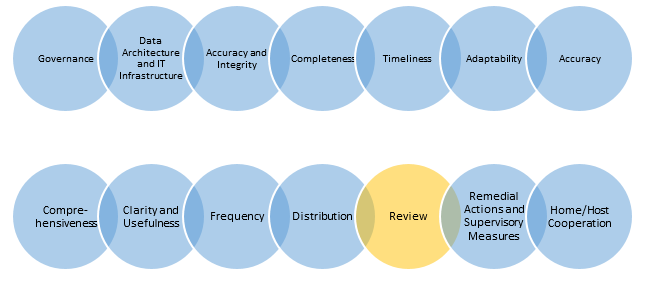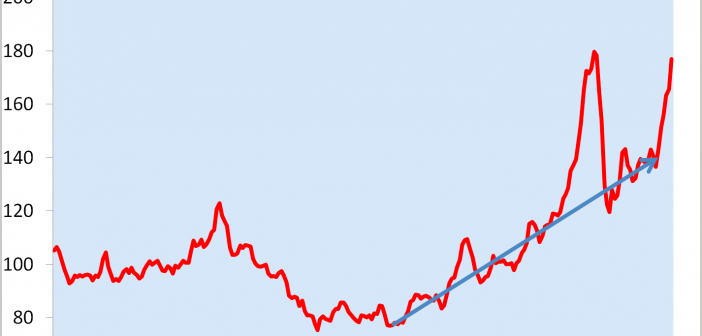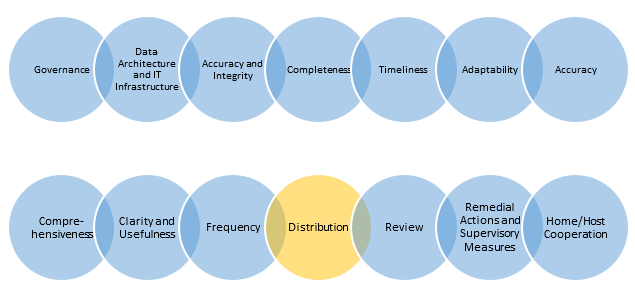
In the energy industry, oil and gas companies as well as utilities are struggling with many changes at once. First, they're facing what the oil and gas industry has coined "the big crew change," meaning the retirement of those with the most skills and experience on how to run their















